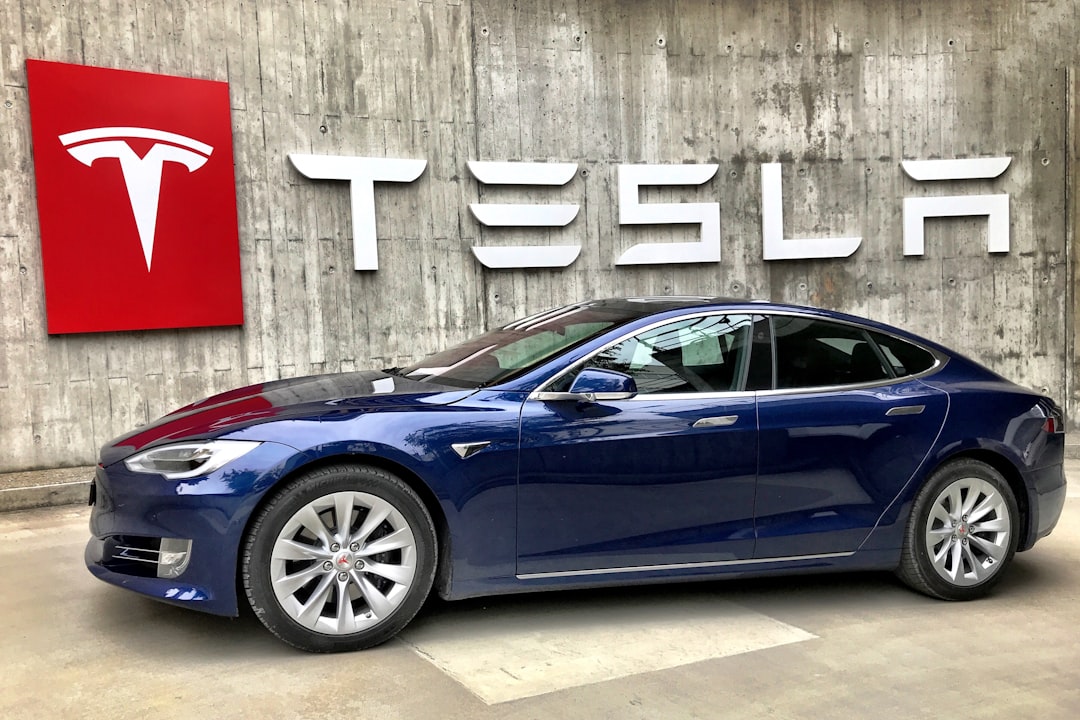
Overview
Tesla’s (NASDAQ: TSLA) long-awaited Cybertruck delivered underwhelming numbers in 2024, with around 15,000 units in Q4 and an estimated 35,000 to 40,000 units for the year. This performance falls drastically short of the 2 million orders Tesla once claimed. Analysts at Bernstein have raised concerns about the Cybertruck’s viability, labeling it a potential “massive strategic miscalculation.”
Key Highlights
1. Cybertruck Delivery Shortfalls
Q4 Deliveries: Approximately 15,000 units, well below expectations.
Annual Deliveries: Between 35,000 and 40,000 units, compared to the initial claim of 2 million orders.
2. Profitability Concerns
Analysts state the Cybertruck is not gross margin positive, with profitability issues compounded by niche demand.
Tesla’s gross margins are forecasted to drop below 15% in Q4, trailing most U.S. and European internal combustion engine manufacturers, except Ford (NYSE: F).
3. Strategic Miscalculation
Developing the Cybertruck over four years diverted resources from more affordable EV offerings, which Tesla now urgently needs.
This focus shift has led to missed opportunities in high-demand segments.
For insights into Tesla’s financial metrics and historical performance, explore:
Ratios (TTM)
Price Target Summary
Competitive Landscape
1. Robotaxi Development Challenges
Despite Tesla’s emphasis on autonomy, its robotaxi initiatives lag behind competitors like Waymo.
Concerns include:
A limited sensor suite compared to rivals.
Regulatory hurdles slowing adoption.
Inferior accident simulation training.
2. Market Dynamics
Tesla faces increasing pressure from aggressive competitors in the EV space.
The company’s price cuts and financing incentives further strain profitability.
Implications for Investors
1. Declining Earnings
Bernstein predicts Tesla’s annual earnings will fall from $2.60 in 2023 to $2.10 in 2024, even factoring in an additional $1 billion in regulatory credits.
2. Strategic Priorities
To regain momentum, Tesla must refocus on affordable EV models with mass-market appeal.
Autonomy and robotaxi development remain areas requiring significant improvement.
To better understand Tesla’s valuation and earnings potential, refer to:
Advanced DCF
Earnings Calendar
Conclusion
The Cybertruck’s lackluster debut has raised concerns about Tesla’s strategic priorities and market positioning. While Tesla continues to push innovation in autonomy and vehicle design, the challenges in profitability and competition highlight the need for a sharper focus on affordability and scalability. For investors, Tesla’s evolving strategies in the face of these challenges are worth close observation.

